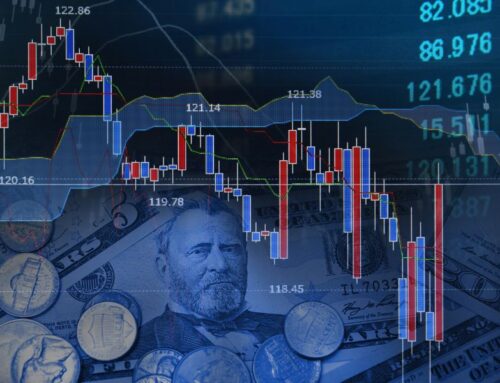A Comparative Analysis
The performance of the stock market has long been a topic of interest and debate, especially in the context of the political landscape. Investors, economists, and pundits often speculate about how the market might behave under different political parties. While many factors influence the market’s performance, including global events and economic conditions, this article aims to compare historical data to provide insights into how the market has fared under Democratic and Republican administrations. The results may alter your beliefs about the relationship of politics and its ultimate impact on the markets.
Historically, the stock market has shown positive performance during Democratic presidencies. One of the most notable examples is the tenure of President Bill Clinton (1993-2001). During his two terms, the stock market experienced significant growth, with the S&P 500 index posting an average annual return of around 15%. Clinton’s presidency was marked by strong economic growth, fiscal discipline, and reduced budget deficits, which contributed to the market’s positive sentiment.
Another example is President Barack Obama (2009-2017), who took office during the aftermath of the global financial crisis. Despite the challenging economic conditions, the S&P 500 index rose at an impressive average annual rate of around 14% during his two terms. Obama’s administration implemented various policies to stabilize the financial sector and stimulate economic growth, boosting investor confidence in the market.
Republican presidencies have also seen periods of strong market performance. President Ronald Reagan (1981-1989) is a notable example. During his tenure, the stock market experienced remarkable growth, with the S&P 500 index posting an average annual return of approximately 16%. Reagan’s policies emphasized deregulation, tax cuts, and pro-business measures, which contributed to the market’s positive response.
Additionally, President Donald Trump (2017-2021) saw a robust market performance during the early years of his presidency, with the S&P 500 index recording an average annual return of around 12%. The market responded positively to tax cuts and deregulation measures introduced by the Trump administration. However, it’s worth noting that market volatility increased during the latter part of his term, partly due to trade tensions and the global pandemic.
Under Joe Biden’s presidency (from 2021 to the present), the upward trajectory persists, with the S&P index averaging approximately 12% since his inauguration. During this period, significant legislative objectives, including COVID-19 relief packages, infrastructure bills, and measures addressing climate and healthcare, have been passed. However, alongside these developments, there has been a noteworthy increase in interest rates by the Federal Reserve, coupled with rising inflation pressures and the emergence of two wars.
While the examples above offer some insights, it is essential to recognize that the stock market’s performance cannot be attributed solely to a particular party’s affiliation. Various factors beyond political control, such as technological advancements, global economic conditions, business cycles and geopolitical events, significantly impact the market.
Democratic administrations often focus on social welfare, healthcare, and environmental regulations, which may influence certain industries differently. On the other hand, Republican administrations typically prioritize tax cuts, deregulation, and pro-business policies, which can affect corporate earnings and investor sentiment.
In conclusion, analyzing historical market performance under Democratic and Republican presidents reveals market growth regardless of which party is in office. Both parties have seen periods of significant market growth, highlighting the complexity of factors that influence the stock market. While certain policies and economic ideologies can influence investor sentiment and market performance, it is crucial to avoid oversimplifying the relationship between political parties and the stock market. Every new president picks up in the business cycle that was left by the previous president.
Investors should be cautious about making investment decisions based solely on the party in power, as economic conditions and global events play a more substantial role in shaping market outcomes. Diversification, long-term investing, and staying informed about economic trends remain prudent strategies regardless of the political climate.
Sources:
https://www.dimensional.com/us-en/insights/how-much-impact-does-the-president-have-on-stocks
https://www.forbes.com/sites/sergeiklebnikov/2020/07/23/historical-stock-market-returns-under-every-us-president/?sh=133e659efaaf
https://www.investopedia.com/ask/answers/101314/where-was-dow-jones-when-obama-took-office.asp
https://www.nasdaq.com/articles/what-presidents-reagan-and-obama-have-in-common%3A-healthy-stock-markets-during-their-terms
https://markets.businessinsider.com/news/etf/if-you-invested-in-the-s-p-500-when-joe-biden-became-president-here-s-how-much-you-d-have-today-1032910434




